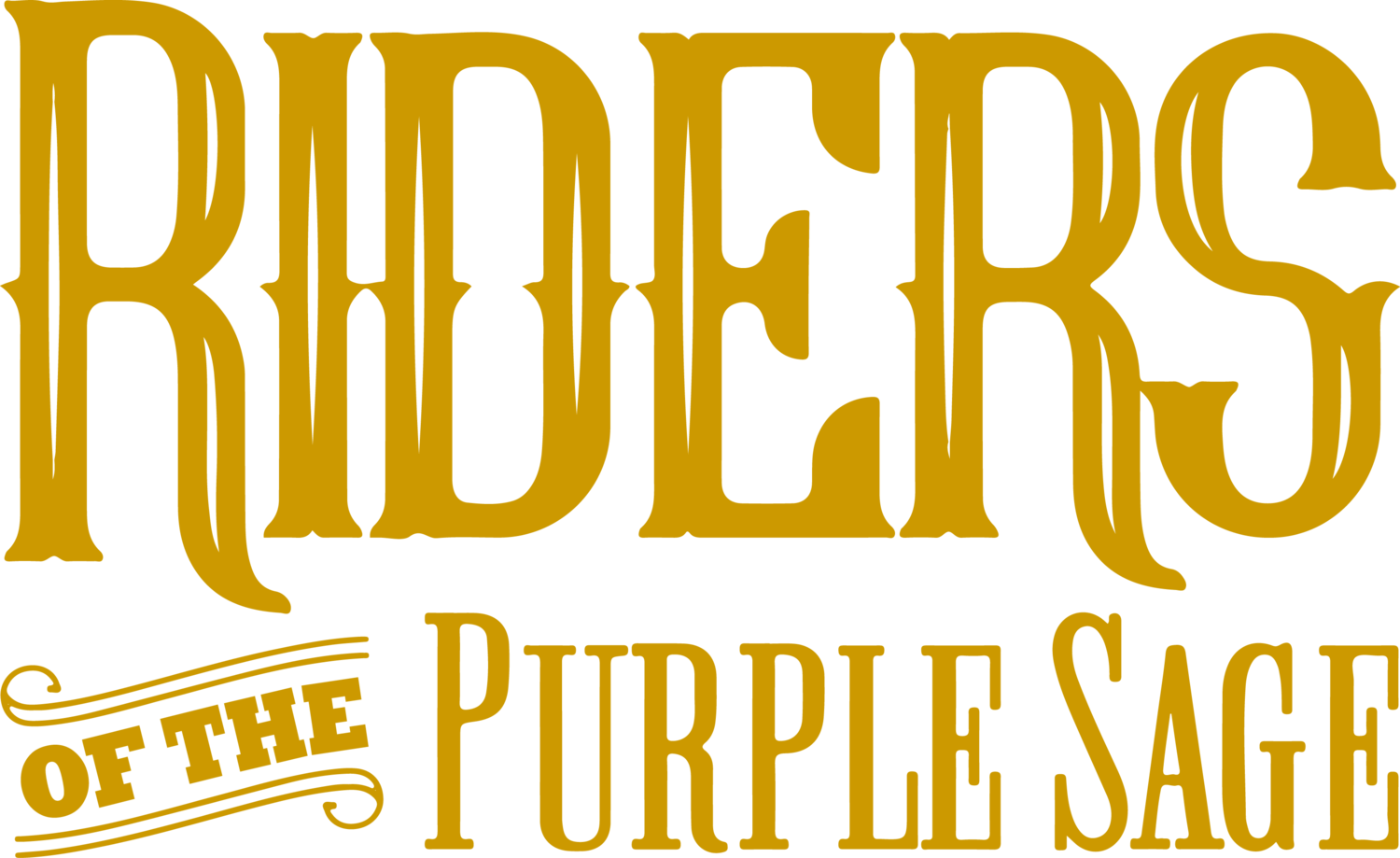Phoenix New Times
If you don’t picture cowboy hats and boots when you hear the word opera, you’ve never seen Riders of the Purple Sage.
It's the first opera completely developed in Arizona, and it premiered on Saturday, February 25, in Tucson. Now, it’s coming to Phoenix for a run from Friday, March 3, to Sunday, March 5, at Symphony Hall.
The opera was five years in the making, and it only happened because Phoenix composer Craig Bohmler happened to visit an obscure museum in northern Arizona.
Head north on Highway 87 toward Payson, and you’ll come upon inspiration for the show. It’s a museum for Zane Grey, the prolific writer whose 1912 novel Riders of the Purple Sage is credited with spawning a whole genre of Western books and films.
Bohmler decided to stop in while driving through the area five years ago. At the time, he thought Grey was a visual artist. But the tour set him straight, and prompted him to read Grey’s Riders of the Purple Sage.
About 50 pages into the novel, Bohmler had a lightbulb moment.
“This is an opera,” he recalls thinking at the time. “This sings.”
It makes perfect sense, when you consider Bohmler’s background. He’s composed several musicals, including The Quiltmaker’s Gift and Gunmetal Blues performed at Phoenix Theatre. And he knew the Wild West hadn’t intersected with classic opera.
“I realized that there was no American Western opera,” Bohmler says.
But the was about to change all that.
Bohmler enlisted Steven Mark Kohn, a creative partner for nearly four decades. Kohn ultimately became the librettist for Riders of the Purple Sage. A libretto is the text written for musicals, operas, and similar works.
Arizona Opera invited them to pitch the project, and they’ve been working together ever since.
The Opera brought in Fenton Lamb to direct the opera, and some well-known creatives from the local arts scene. Phoenix artist Ed Mell, best known for hard-lined Western landscapes with rich desert hues, took on the show's scenic design. And Jake Pinholster, associate professor for the Herberger Institute for Design and the Arts at Arizona State University, designed the projections.
It’s a big deal, literally.
That’s because Arizona Opera purchased a gigantic 26-by-51-foot video wall that anchors the Riders of the Purple Sage set. Which means that scenes feature Mell’s paintings, both projected on the screen and painted on several 28-foot panels that flank the stage.
Though they're based on his works, Mell didn’t paint the set pieces. Instead, Arizona Opera set painters Craig Cheply and Jeff Slim recreated Mell’s work. Slim has his own thriving art practice, focused on paintings that blend pop culture imagery with contemporary Native American life. Cheply does contemporary realism paintings.
“It’s been really a lot of fun to get involved with this,” Mell says. “It’s an opportunity just once in my lifetime to do something on a scale like this.”
Despite being rooted in a 1912 novel, the opera resonates with contemporary themes, says Lamb, the director. It’s basically the tale of a religious woman with a rebellious streak who crosses paths with a mysterious gunslinger. Naturally, he’s got a troubled past.
In three acts, Riders of the Purple Sage explores women’s independence, the right to bear arms, and the challenges of being an outsider.
Lead character Jane Withersteen, portrayed by both Karin Wolverton and Laura Wilde, is a minority two times over, Lamb says. First, she’s an unmarried landowner living in a Wild West rooted in patriarchy. But she’s also a Mormon, making her a rarity in a town steeped in Catholicism.
“The suppression of a minority, regardless of what that minority is, is a story we are experiencing now,” Lamb says of contemporary culture. “That’s why Grey’s story translates so well to today.”
And yet, Riders of the Purple Sage is also an homage to place. When discussing its characters, Bohmler includes the Arizona landscape among them.
“It’s cool that this is set in the place where I live, and the place I love,” he says.
